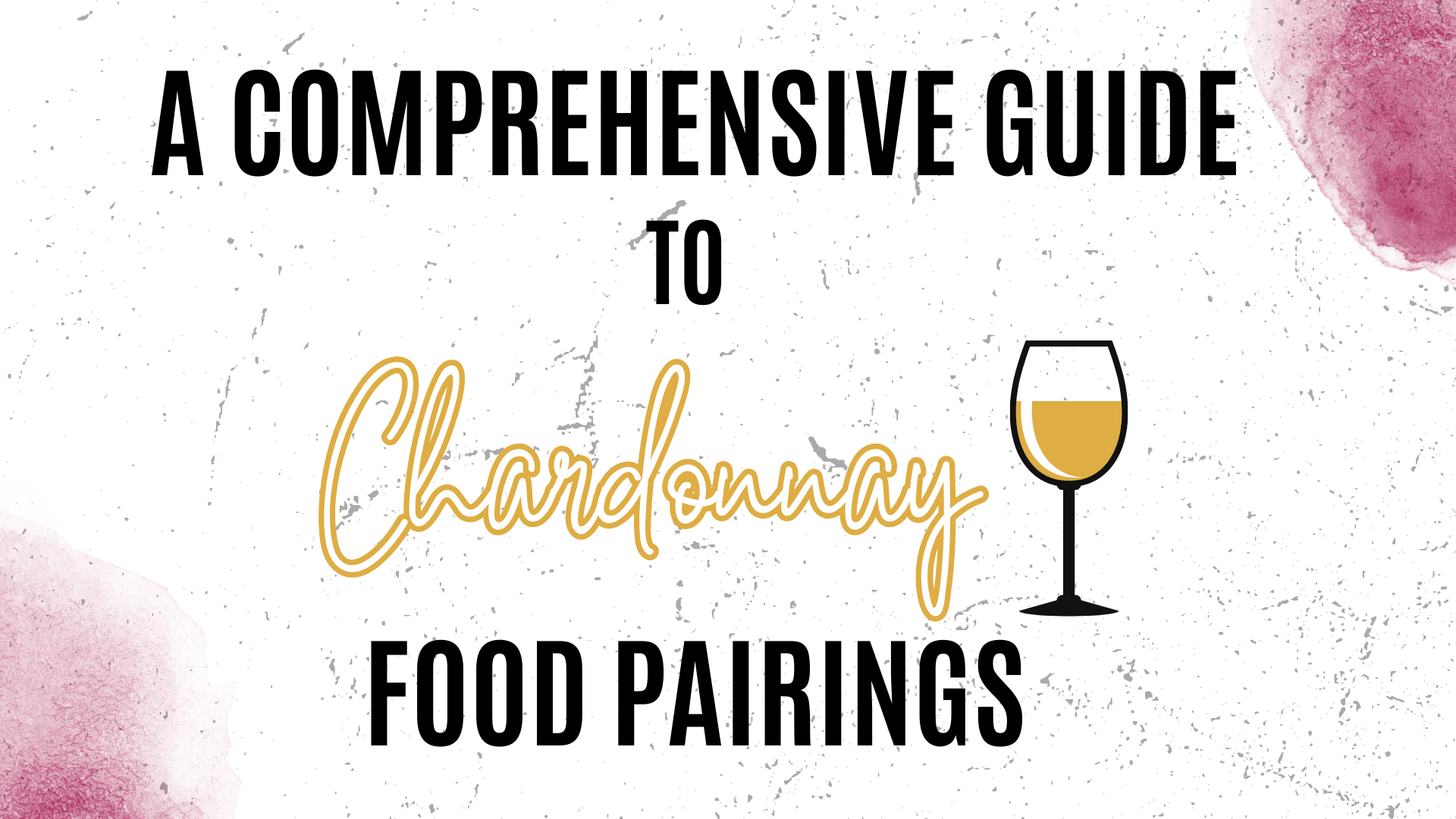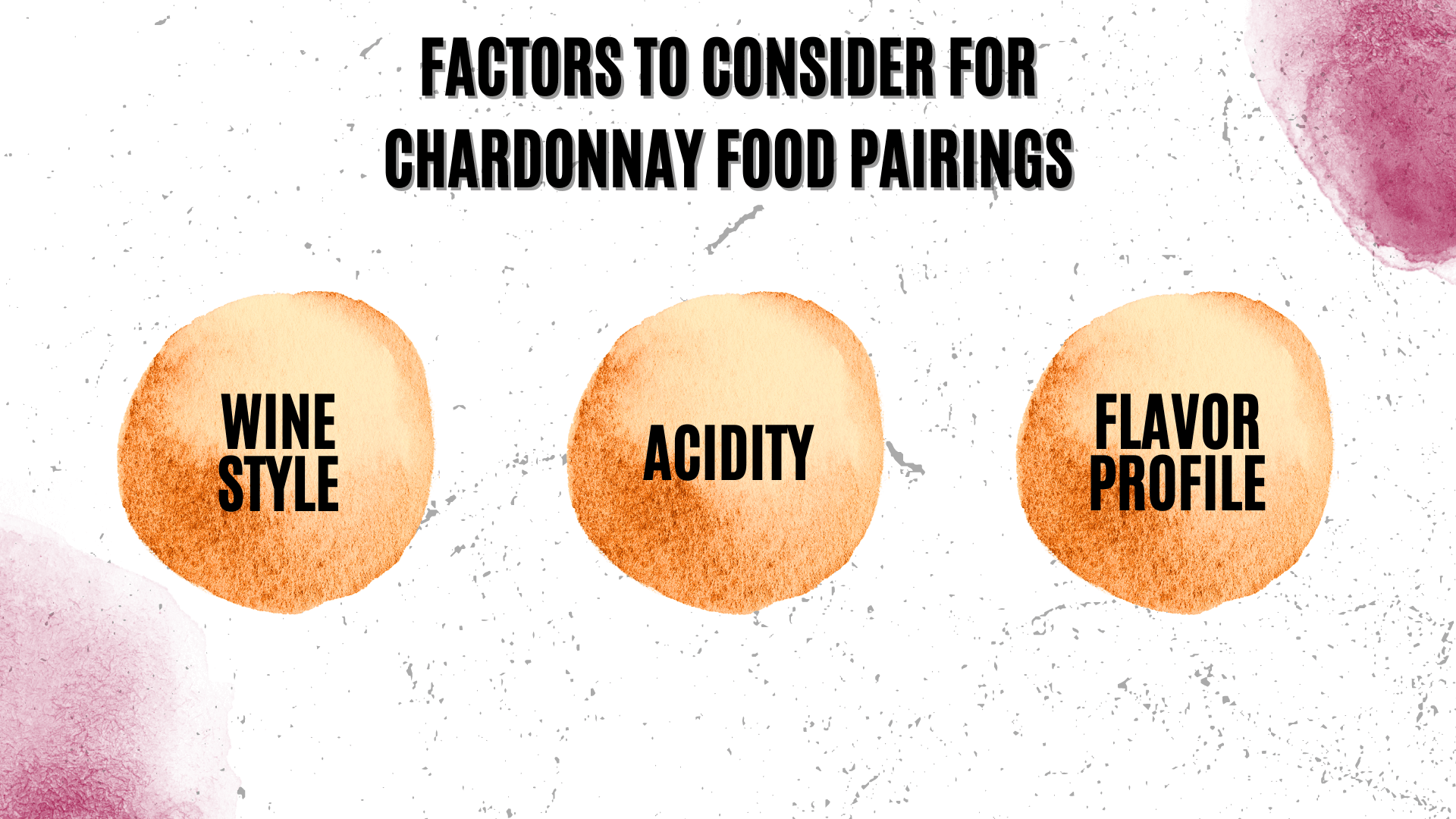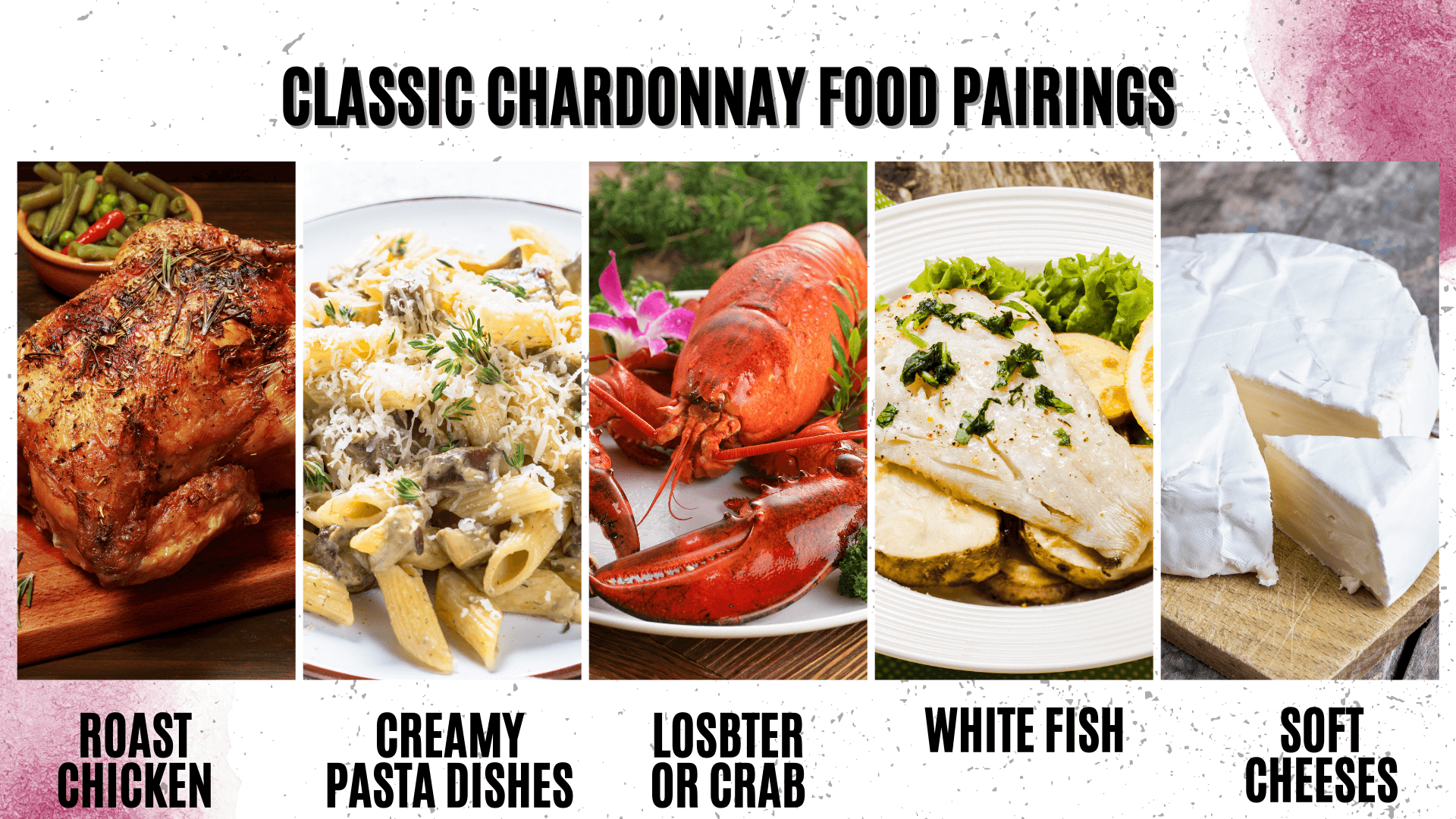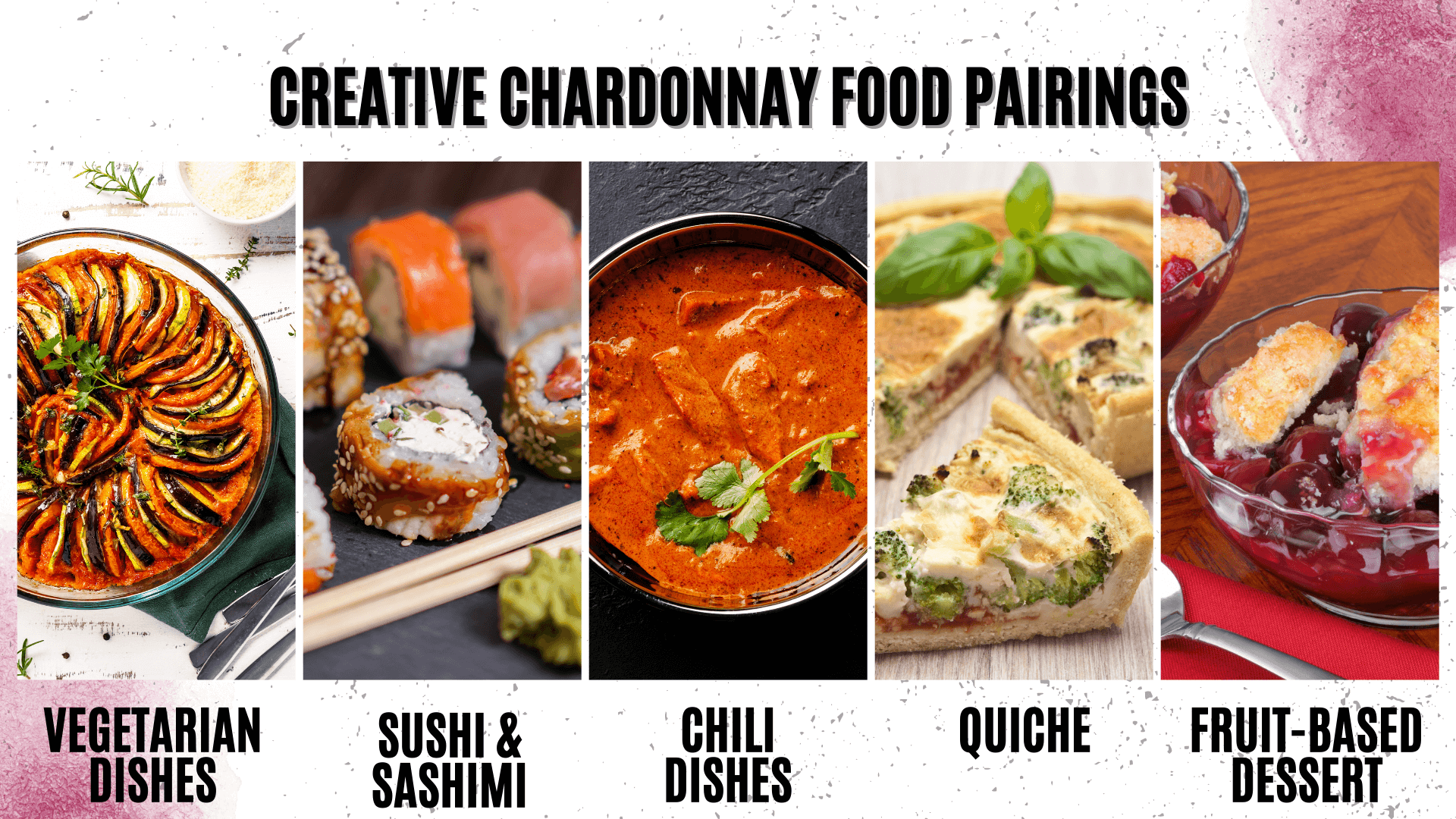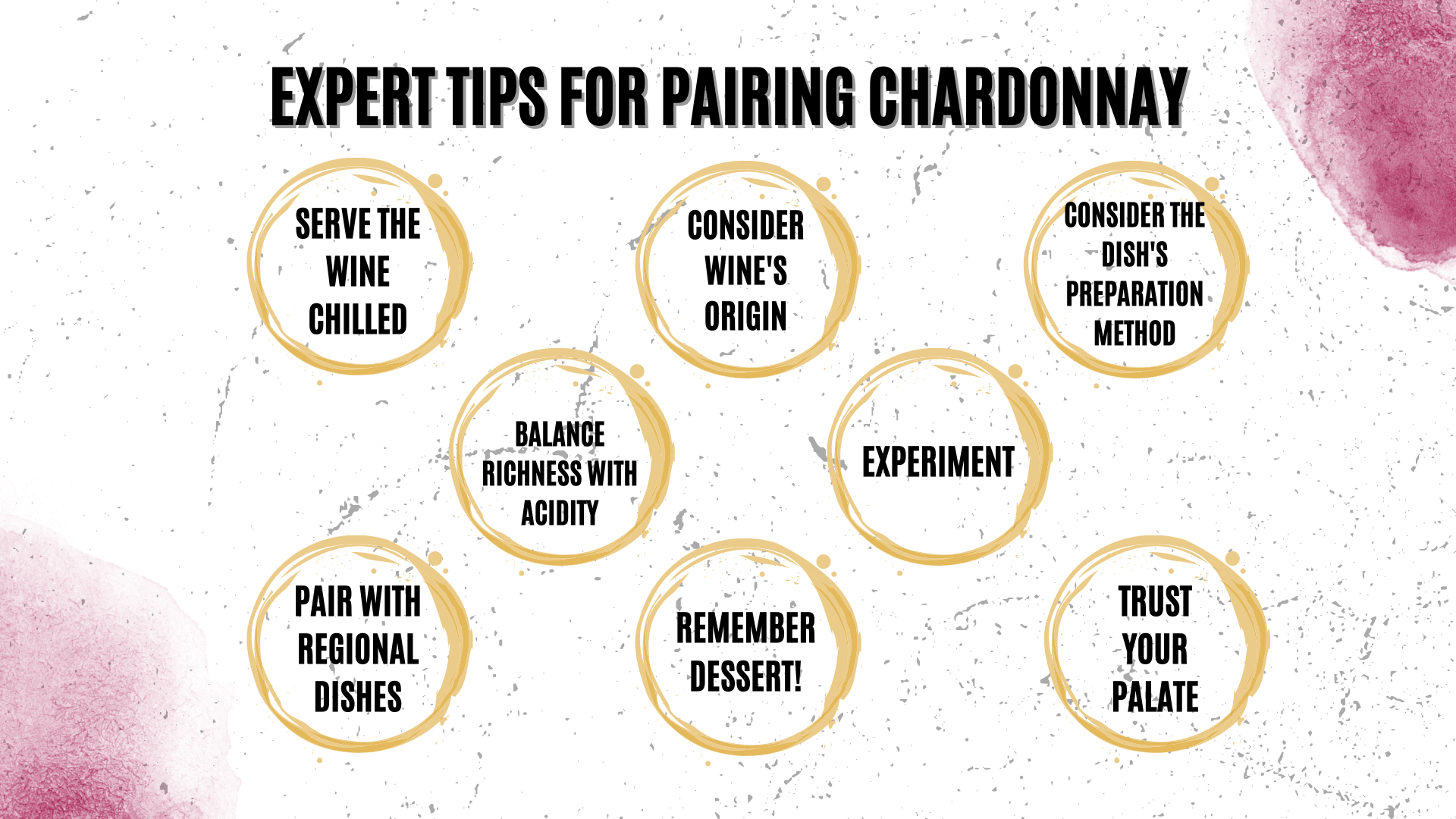Introduction
Chardonnay is one of the most popular white grape varieties in the world, originating from the Burgundy region of France. It’s versatile and adaptable, with styles ranging from crisp and mineral-driven to rich and buttery. This wide range of styles allows Chardonnay to be paired with various types of food, making it a favorite choice for many wine enthusiasts.
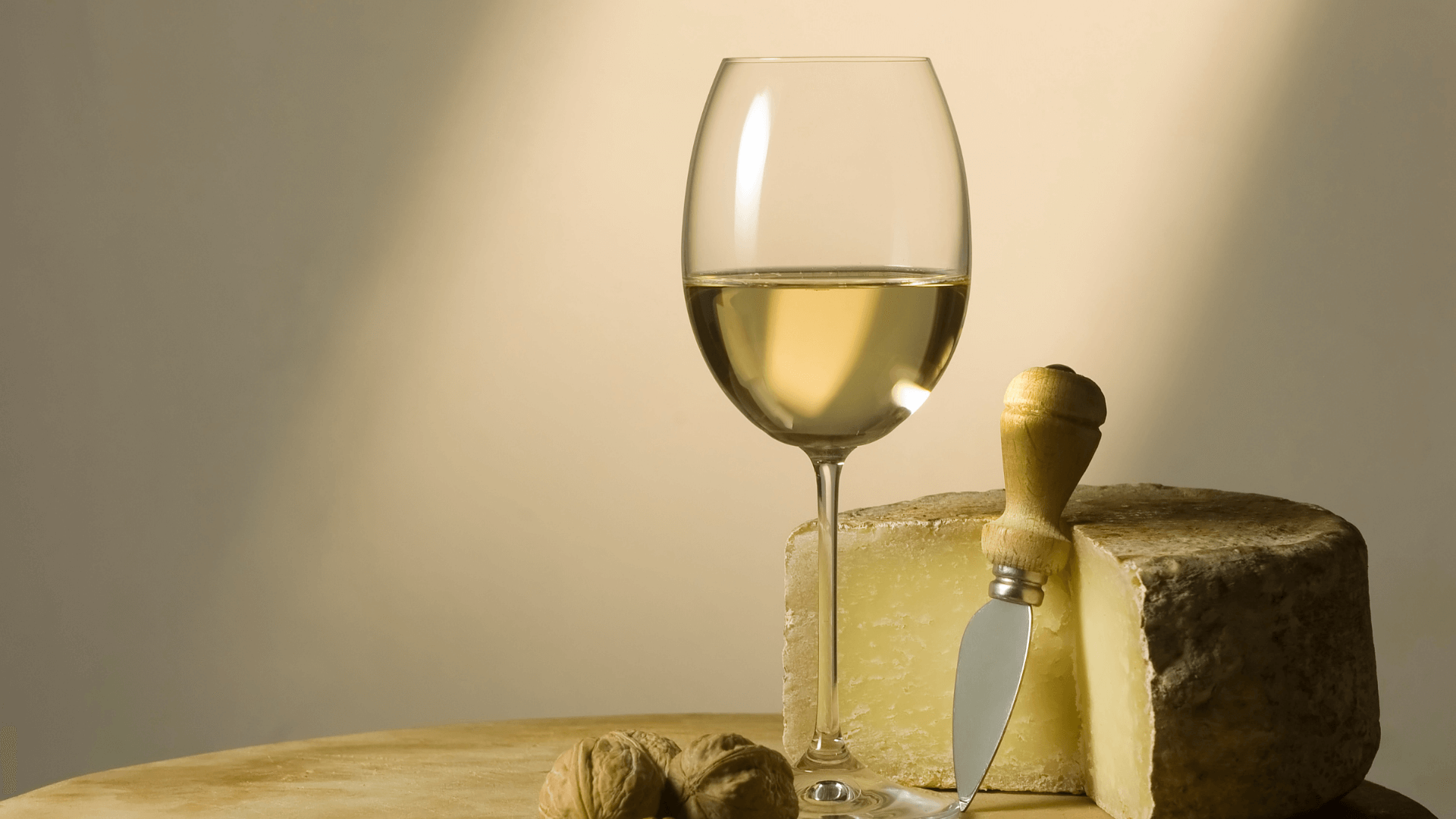
I. History of Chardonnay
Chardonnay has a long history, dating back to the Roman times when it was first cultivated in the Burgundy region of France. It gained popularity over time, and by the Middle Ages, it was widely recognized as a high-quality grape variety. The spread of Chardonnay around the world began in the 17th and 18th centuries, and today it is grown in nearly every wine-producing country.
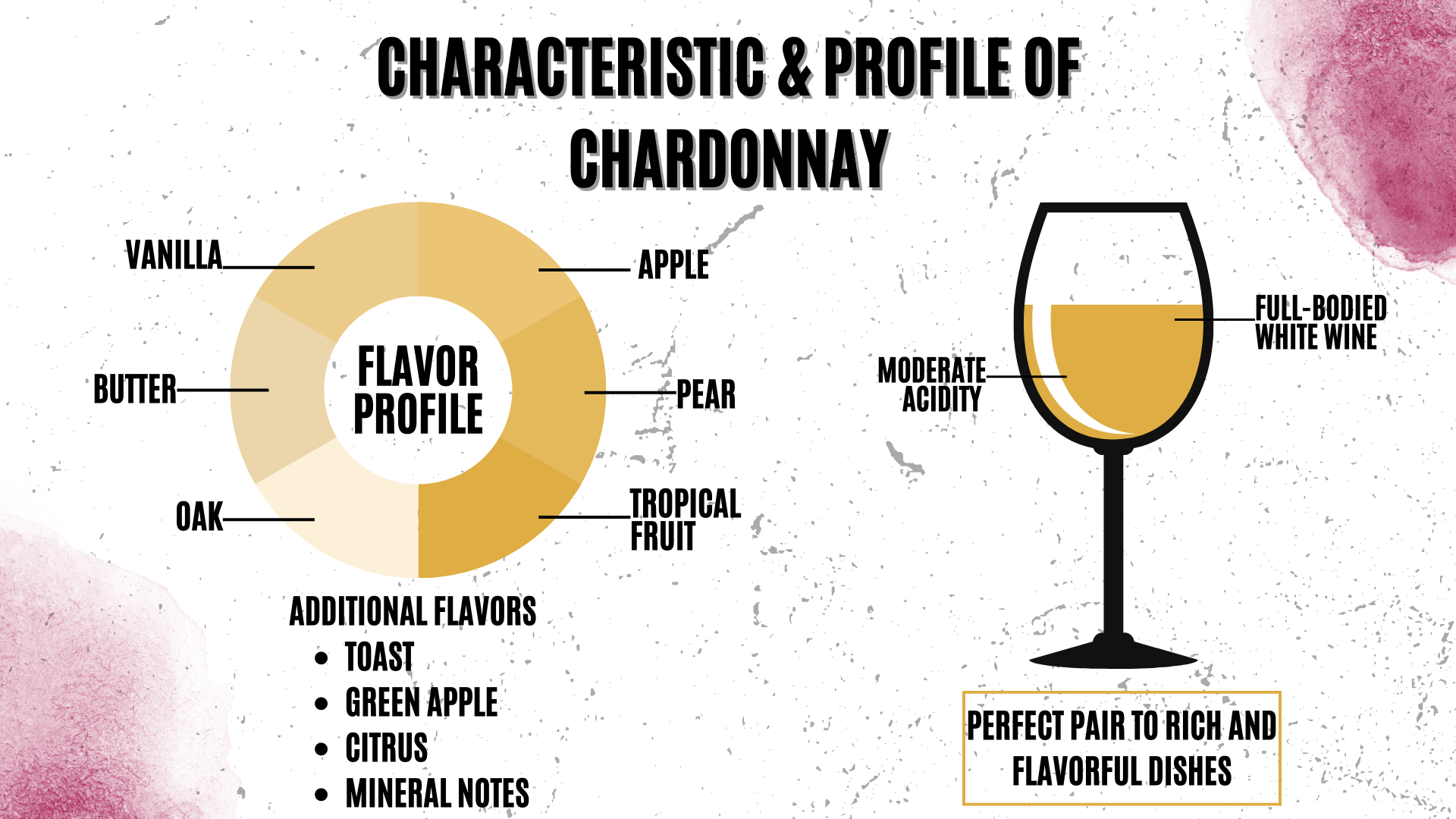
II. Wine Profile
Chardonnay can be found in various styles, but it is generally recognized as a full-bodied white wine with moderate acidity. Its flavor profile often includes notes of apple, pear, and tropical fruit, with secondary flavors of vanilla, butter, and oak if aged in oak barrels.
III. Characteristics of Chardonnay
The flavor profile of Chardonnay can differ greatly depending on the climate where it’s grown and the winemaking techniques used. Cool climate Chardonnays tend to exhibit green apple, citrus, and mineral notes, while warmer climate Chardonnays often showcase ripe tropical fruit flavors. The use of oak barrels can also impart flavors of vanilla, butter, and toast.
IV. Factors to Consider for Chardonnay Food Pairings
- Wine style: Determine if the Chardonnay is unoaked, lightly oaked, or heavily oaked, as this will influence the best food pairings.
- Acidity: Chardonnay’s acidity can help balance rich or creamy dishes, while also complementing lighter, more delicate fare.
- Flavor profile: Consider the primary flavors in the wine, such as fruit, minerality, or oak, and aim to match or contrast these flavors with the food.
V. Classic Chardonnay Food Pairings
- Roast chicken: A classic pairing, roast chicken and Chardonnay complement each other’s flavors, with the wine’s acidity cutting through the richness of the meat.
- Creamy pasta dishes: Chardonnay’s acidity and rich flavors can balance and enhance creamy pasta dishes like fettuccine alfredo or carbonara.
- Lobster or crab: Chardonnay’s buttery notes, especially from oak-aged wines, can complement the natural sweetness and richness of lobster or crab dishes.
- Grilled or baked white fish: Mild white fish like halibut or cod can be enhanced by the fruit and mineral flavors of Chardonnay.
- Soft cheeses: Creamy, soft cheeses like Brie or Camembert can be excellent partners for Chardonnay, as the wine’s acidity can cut through the cheese’s richness.
VI. Creative Chardonnay Food Pairings
- Vegetarian dishes: Flavorful vegetable-based dishes, like grilled vegetable skewers or a vegetable stir-fry, can be great matches for Chardonnay, especially unoaked versions.
- Sushi and sashimi: Chardonnay’s acidity and fruit flavors can work surprisingly well with sushi and sashimi, complementing the fish’s delicate flavors and the tang of soy sauce and wasabi.
- Spicy dishes: Unoaked or lightly oaked Chardonnays can pair well with moderately spicy dishes like Thai curry, as the wine’s acidity and fruit flavors can help tame the heat.
- Quiche: Chardonnay’s richness and acidity can be a delightful match for the creamy, savory flavors of a quiche, whether it’s a classic Lorraine or a vegetable-filled version.
- Fruit-based desserts: Try pairing Chardonnay with fruit-based desserts like apple pie or a peach cobbler. The wine’s fruit flavors can complement the dessert, while its acidity can help balance the sweetness.
VII. Expert Tips for Pairing Chardonnay
- Serve Chardonnay slightly chilled, at around 50-55°F (10-13°C), to enhance its flavors and aromas
- Pay attention to the wine’s origin: Chardonnays from cooler climates (such as Chablis or New Zealand) tend to be more acidic and mineral-driven, while those from warmer climates (like California or Australia) are often richer and more fruit-forward. Match the wine’s characteristics with the dish you are pairing it with.
- Consider the dish’s preparation method: The way a dish is cooked can significantly impact the pairing. For example, a grilled or pan-seared fish will pair better with a lightly oaked Chardonnay, while a creamy fish dish would work well with a more buttery, oaked Chardonnay.
- Balance richness with acidity: If your dish is rich and creamy, opt for a Chardonnay with higher acidity to cut through the heaviness of the dish. Conversely, a leaner, more acidic dish can benefit from a fuller-bodied Chardonnay to balance the flavors.
- Experiment with contrasting pairings: Don’t be afraid to try pairings that contrast flavors and textures. For example, a crisp, unoaked Chardonnay could work well with a rich, creamy pasta dish, while a buttery, oaked Chardonnay might complement a tangy, citrusy salad.
- Pair Chardonnay with regional dishes: Chardonnay works exceptionally well with the cuisine of its origin. For example, a classic Burgundian Chardonnay will pair beautifully with traditional French dishes like coq au vin or escargot, while a California Chardonnay might shine alongside a West Coast-inspired dish like Dungeness crab cakes.
- Don’t forget about dessert: While Chardonnay is primarily thought of as a savory pairing wine, it can also work well with certain desserts. A buttery, oaked Chardonnay can complement desserts with caramel or nutty flavors, while an unoaked Chardonnay with good acidity could pair nicely with a fruit-based dessert.
- Trust your palate: At the end of the day, the most important factor in any wine pairing is personal preference. Don’t be afraid to experiment and find the combinations that work best for you and your guests.
Conclusion
Chardonnay is a versatile and diverse grape variety, making it an excellent choice for food pairings. With styles ranging from crisp and unoaked to rich and buttery, there is a Chardonnay to suit almost any palate and any dish. By considering the wine’s style, acidity, and flavor profile, you can create both classic and creative pairings that will enhance your dining experience.
Frequently Asked Questions
Oaked Chardonnay is aged in oak barrels, which imparts flavors of vanilla, butter, and toast to the wine. Unoaked Chardonnay is aged in stainless steel or other neutral vessels, preserving the wine’s natural fruit and mineral flavors without the influence of oak.
While Chardonnay is typically paired with white meats, fish, and vegetarian dishes, it can also work with some red meat dishes, particularly if the meat is lean and the preparation is lighter, such as a veal piccata or a pork tenderloin with a fruit-based sauce.
Unoaked or lightly oaked Chardonnays can pair well with moderately spicy dishes, as the wine’s acidity and fruit flavors can help balance the heat. However, heavily oaked Chardonnays may not be the best choice for spicy foods, as the oak flavors can clash with or intensify the heat.
Consider the style of Chardonnay (unoaked, lightly oaked, or heavily oaked), the acidity level, and the primary flavors in the wine. Aim to match or contrast these characteristics with your dish, and don’t be afraid to experiment to find the perfect pairing.


